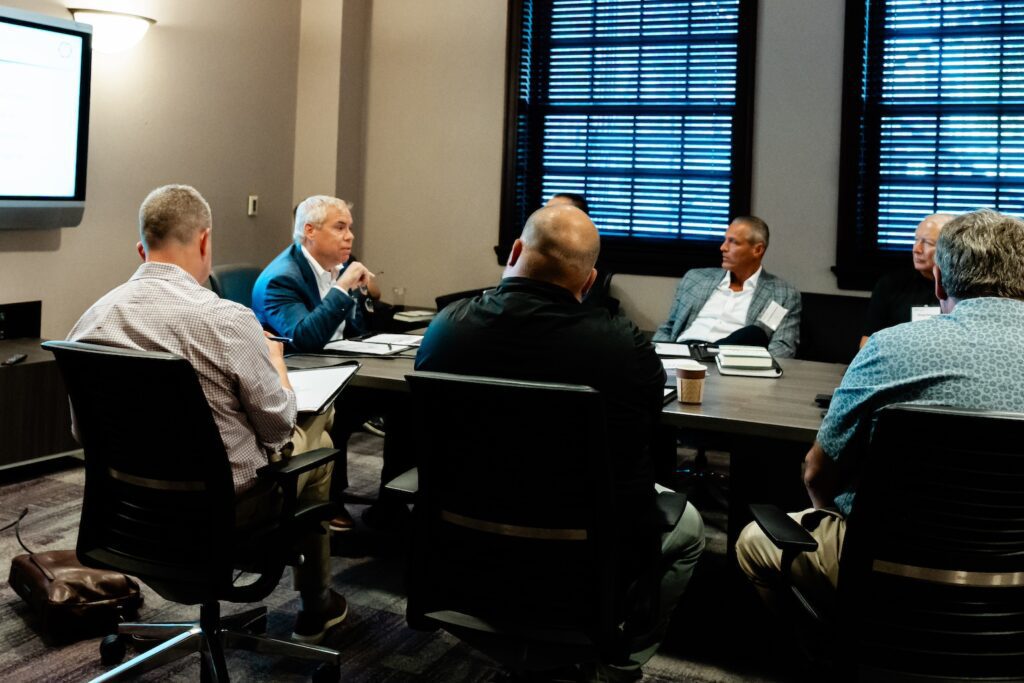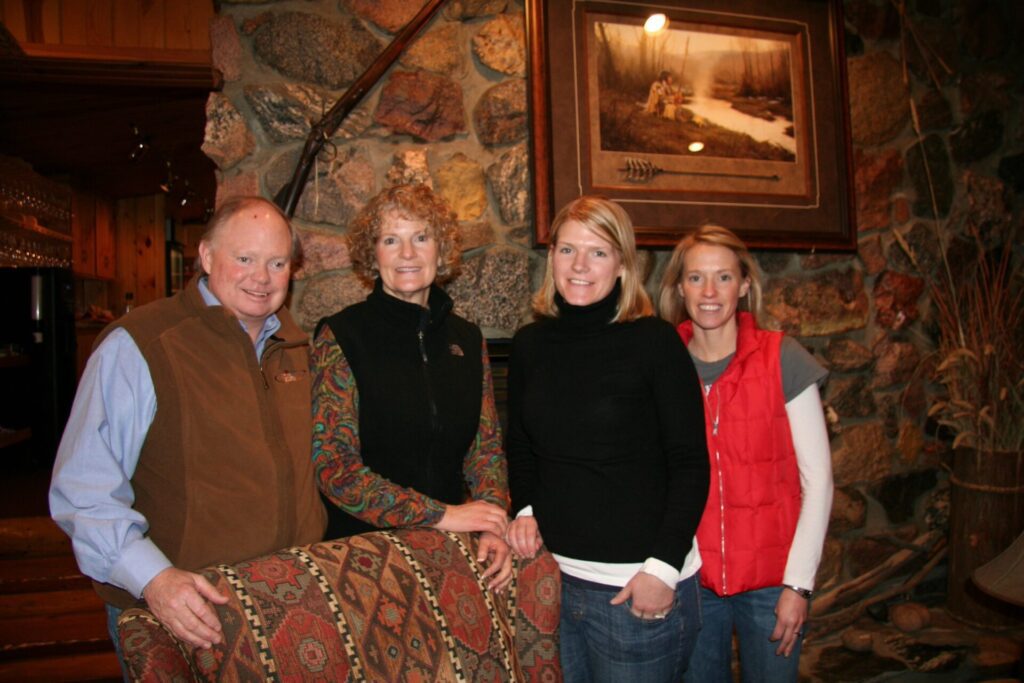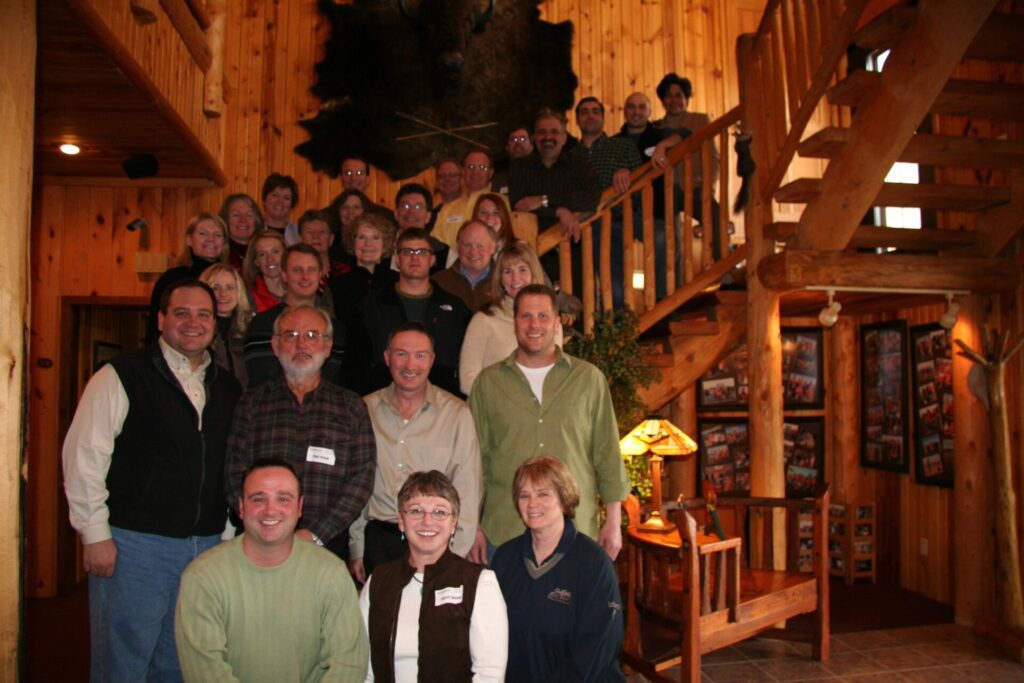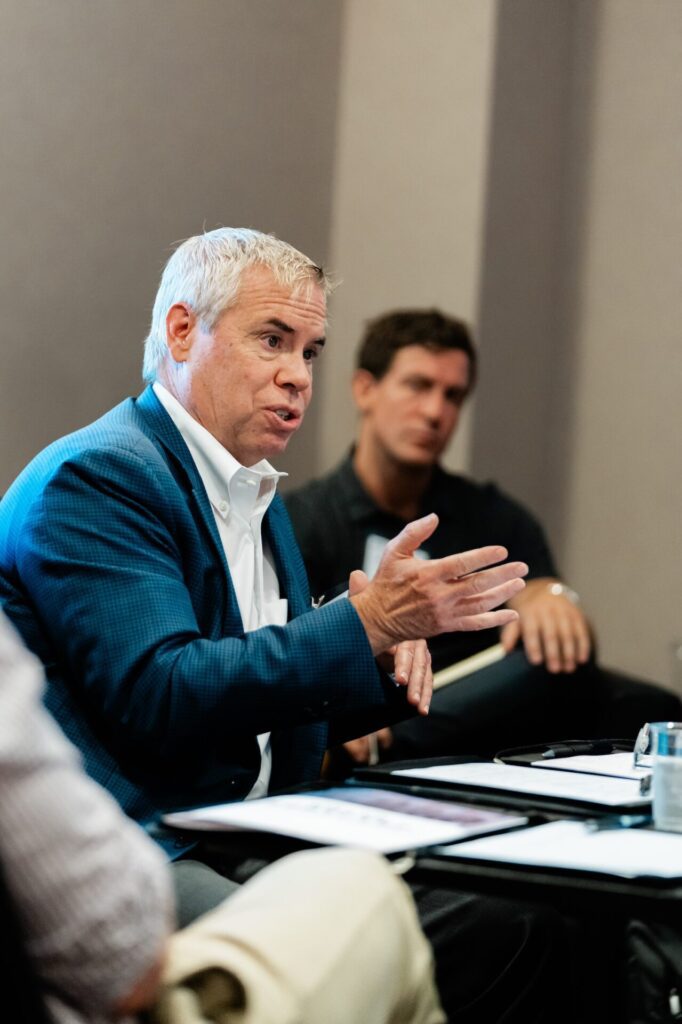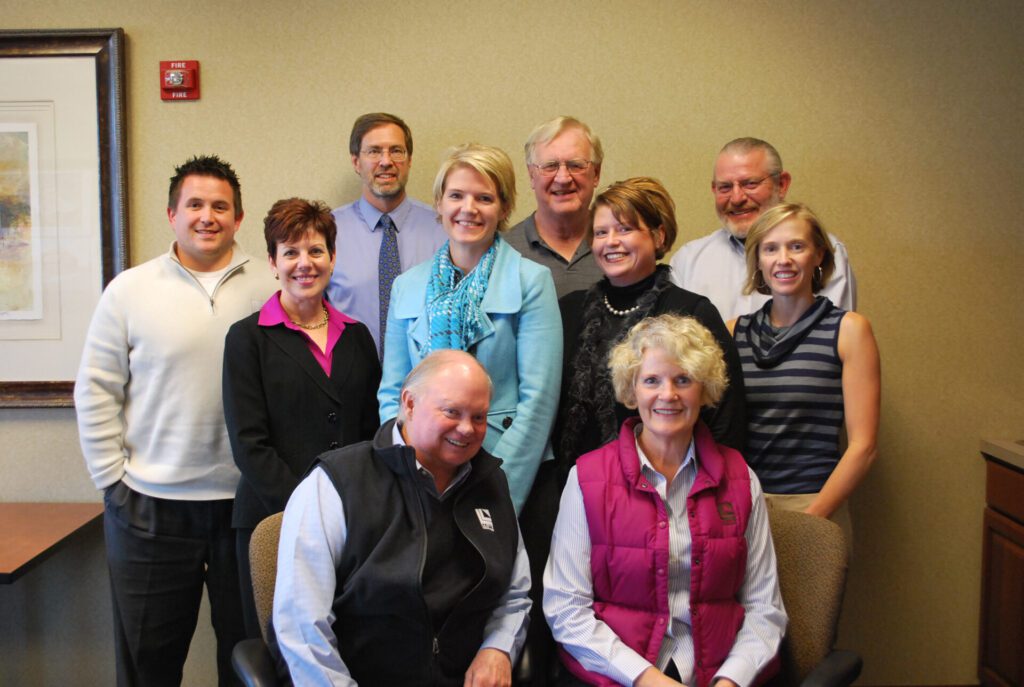3 Family Businesses Honored with Awards from Prairie Family Business Association
Recent News
Research shows these 3 elements are key to successful family business transitions
Posted in PFBA | April 10, 2024
The success of a generational transition is not, as one might expect, an outcome of meticulous succession planning.
Decades of research have shown that there are three key elements to a successful succession.
“Most businesses don’t fail because they can’t solve the business problems. They usually fail because of a lack of alignment on the family side of things,” said Andrew Keyt, founder and CEO of Generation6, a firm that helps address family enterprise challenges.
He points to initial research from Joe Astrachan, which found “there wasn’t any correlation between successful planning and successful transition,” Keyt said. “Over decades, we built on research published by Joe that found there were three things that always correlated with multi-generational success.”
They are family meetings, strategic planning and a board of directors.
By prioritizing those elements, countless family businesses have found their way into new generations of successful leadership.
“The investment that we have made in our meetings, strategic planning and board are significant, but it was critical for the unity of our family and business,” said Christie Ernst, executive vice president of property management at her family business, Lloyd Cos., and chair of the Prairie Family Business Association board.
“Our business has grown because of this investment, and our commitment to our family, employees and community has been able to grow also. I feel blessed that my parents allowed us the ability to work through all of this as I know some parents shut the conversation down. I would encourage next-generation family members to get involved in PFBA and set the table for having these discussions with their parents. Make it so that it is easier to pass the business down to the next generation so that selling it doesn’t seem like the easiest or best option.”
Often, families don’t know what steps they need to take, said Stephanie Larscheid, executive director of the Prairie Family Business Association.
“But they know they need to do something, and this is a way to hone in on a proven approach,” she said. “It doesn’t have to be perfect. Just take a small step. By putting processes in place, you can see that your business can live on for the next generation. The business does not need to end or be sold when the current generation is ready to step back or retire.”
1. Family meetings
Start simply: Commit to regularly scheduled communication.
“It’s about how often do we talk, how long do we talk and what’s the depth of conversation,” Keyt said. “The most basic element is being consistent and providing a regular forum to communicate, stay aligned and ultimately resolve difference as they come up.”
In real life
The Lloyd family started with family meetings in the 1990s to discuss the business.
“In hindsight, the meetings were far from perfect and focused too much on the operations, but if we would have waited for the perfect meeting, then we would still be waiting. It was years before we invested in hiring a facilitator for these meetings,” Ernst said. “Having a facilitator helped us gain traction in our transition while also educating us on best practices for developing strategic plans and the role of a board.”
Bringing in a facilitator “was a game-changer,” Ernst said. “The conversations you have with your kid who wrecked the family car or the sister who always stole your clothes have a different tone than a conversation with your business partner and are more effective with a facilitator to keep a pulse on that tone. We have different meeting cadences for different committees of our family group.”
The entire group meets at least once annually, and a facilitator will reach out to each family member to learn topics of interest and then work with the family council to draft an agenda.
“As we prepare the agenda, the facilitator is able to bring forward information from the individual meetings to help us understand what topics may be more emotional than others so that we can include those conversations at the right time of the meeting and spaced with the right amount of timing. I have talked to a number of families over the years, and the fear of conflict in meetings is what stops them from meeting at all,” Ernst said. “If this is the case for your family, vet several facilitators to make sure that the person you are hiring is going to keep everyone engaged, allow for conflict, navigate or solve the conflict, and unite the family long-term goals of the family and the business.”
How PFBA can help
Not sure where to start? Prairie Family Business Association has a sample family meeting agenda you can use as a template.
“We have agenda items in a template, and family members can collaborate to add additional topics,” Larscheid said.
If you’re looking for a facilitator, which PFBA recommends, “we provide referrals of professionals who work with families every day,” she said. “We also can help with a live case study, which is a 90-minute family meeting that includes a team of advisers in a confidential environment.”
2. Strategic planning
Think of it as a road map for the future. Family businesses with solid strategic plans are well positioned as they transition through generations.
“When we talk strategy, we’re talking about our orientation for the future – where are we going, what are we trying to accomplish – and if we can articulate that throughout the organization, that means everybody is working toward those goals,” Keyt said. “Once you have a clear strategy, people can better understand how their role contributes.”
Additionally, businesses can use their strategic plans in identifying future leaders.
“Families often talk about who is going to be the next leader, and that’s the wrong place to start,” Keyt said. “It needs to start with what we need from the next leader of the company to achieve our strategic goals, and once we’re clear about that, we can be more objective about whether it should be a family or nonfamily member.”
In real life
At Lloyd, “our first attempt at a strategic plan was a bit of a train wreck!” Ernst said. “Once again, we tried to do it without a facilitator and with a management team that was not experienced in writing strategic plans.”
The company now is using Traction, the Entrepreneurial Operating System approach, for quarterly and annual planning.
“Our ownership group comes up with an Owner’s Plan that talks at a high level about the values, needs and goals from the business, and our management team uses this guidance for developing the strategic plan,” Ernst said.
How PFBA can help
A live case study through PFBA can serve as a great foundation for a strategic plan.
“It’s so important to create one-, three- and five-year plans and revisit them regularly,” Larscheid said. “Often, our families share their live case study recommendation documents with their adviser team to move more efficiently toward implementation.”
Need help implementing the EOS approach to assist in planning? PFBA can connect you with resources who are experts in EOS.
Plus, the upcoming PFBA Next-Gen Retreat in October also is a great opportunity for the next generation “to help define the strategic plan in the context of innovation, which is essential for next-generation success,” Larscheid said. “The business doesn’t have to be the same as it was for past generations. It can and should evolve.”
3. Board of directors
The final indicator of successful succession is utilizing a board of directors.
“It’s extremely key because it brings in objective and experienced people who can help you see around corners with your strategy,” Keyt said. “The board can challenge your assumptions, ask questions and share experiences. And just having to articulate your strategy before a board provides accountability and makes you think differently.”
A board also is helpful in succession, Keyt said.
“If we have multiple next-generation members wanting to be considered, it’s much better to have an objective process with objective people rather than Dad having to make the decision.”
In real life
Lloyd Cos. attended a PFBA retreat in 2008, and a facilitator discussed having a board. At first, founder Craig Lloyd was only mildly interested, but when his nephew Chris Thorkelson was identified as his successor around 2010, having a board became important for a successful transition while allowing balance between family and business and maintaining unity within the family.
“Our facilitator helped us understand the importance of filling our board with nonfriends and nonadvisers. Over the next year, we developed our Owner’s Plan, a job description for our board and started reaching out to people we knew that may know someone who would be a fit for our board — because we couldn’t ask friends or advisers to be on our board,” Ernst said.
“Our first advisory board meeting was in October 2011 and included three outside members and Craig. Our board transitioned to a board of directors in 2016 when Craig ‘retired.’ Today, we have seven independent board members plus Craig and Chris Thorkelson. Additionally, we have built out a committee structure, which includes governance, compensation, audit and investment committees.”
How PFBA can help
This one is easy: Come to the PFBA Board Bootcamp on April 16 in Sioux Falls.
“Learn what you don’t know,” Larscheid said. “Surround yourself with like-minded people asking themselves the same questions you are and who have hit roadblocks at the same points you are. We have so many resources. We help place board members on family business boards. Engage with people who have set up an advisory or fiduciary board. It can be eye-opening to see the possibilities of what a board can do you for your family and business.”

